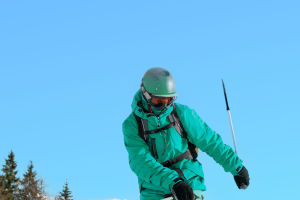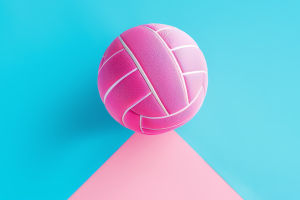Skateboarding is a fun and thrilling sport that combines balance, agility, and creativity.
Whether you're a complete beginner or looking to improve your skills, this guide will cover the essential steps to start skateboarding with confidence.
Choosing the Right Skateboard
To begin your skateboarding journey, the first thing you need is the right skateboard. There are various types of skateboards suited for different styles:
Standard Skateboard: Ideal for street and park skating, it features a double-kick design and is great for tricks.
Longboard: Best for cruising and downhill rides due to its longer deck and stable wheels.
Cruiser Skateboard: A smaller version of the longboard, perfect for commuting and casual rides.
Essential Skateboarding Gear
Safety is crucial, so always gear up before hitting the pavement:
Helmet: Protects your head in case of falls.
Knee and Elbow Pads: Shield your joints from scrapes and impacts.
Skate Shoes: Shoes with a flat sole provide a better grip on the board.
Basic Skateboarding Techniques
Once you've geared up and chosen the right board, it’s time to practice these foundational skills:
Balancing on the Board: Start by standing on the board without moving. Place your front foot near the bolts and your back foot on the tail. Get comfortable balancing and shifting your weight.
Pushing Off: With one foot on the board, use your back foot to push against the ground to move forward. Once in motion, place your back foot on the board to maintain balance.
Turning: Learn to turn by leaning your body in the direction you want to go. Gently shift your weight to the toes or heels to guide the board.
Stopping: Use your back foot to drag on the ground gently, slowing the board to a stop.
Learning Tricks and Progressing
Once you're comfortable with basic moves, it’s time to try some tricks. Start with easy tricks like the Ollie, which is the foundation for many advanced maneuvers. The Ollie involves popping the board off the ground by snapping the tail and sliding your front foot up to level the board mid-air.
Skateboarding Etiquette and Safety
Skateboarding is not only about tricks and skills, but also respecting the spaces and people around you:
Skateparks: Follow the flow of the park and be courteous to other skaters.
Public Areas: Be mindful of pedestrians and avoid skating in restricted zones.
Practice Makes Perfect
Skateboarding takes time and patience. Practice regularly to build confidence, improve balance, and refine your skills. So, Lykkers, don’t be afraid to fall – it's part of the learning process!


